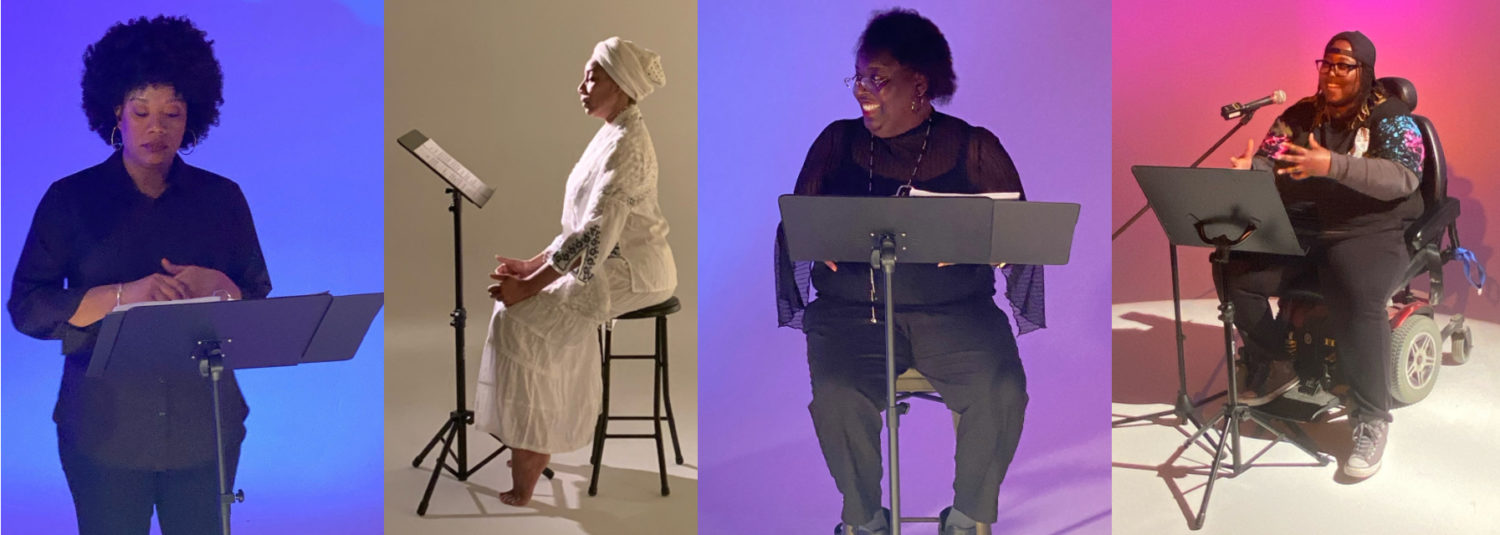
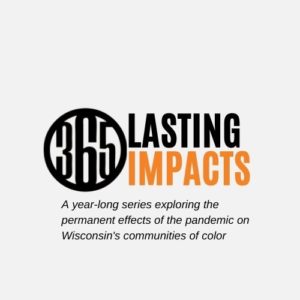 Christopher Walker remembers the first time he returned to an arts event in the fall of 2021, after well over a year of pandemic isolation.
Christopher Walker remembers the first time he returned to an arts event in the fall of 2021, after well over a year of pandemic isolation.
“The energy among the audience was palpable,” said Walker, the director of the UW Division of the Arts. “You could feel the kinetic energy between people, the way people looked at each other, trying to decipher the features under the mask. People worked so hard, through their eyes at making connection. I could feel it. I remember getting emotional in the room, in many rooms last fall, as people started to gather again. There is a ritual of gathering that people understand as important in their life, because it was missing for a while.”
Walker said the pandemic and the slow return to gathering has caused people to savor those experiences, but to be more selective with what they choose to take in.
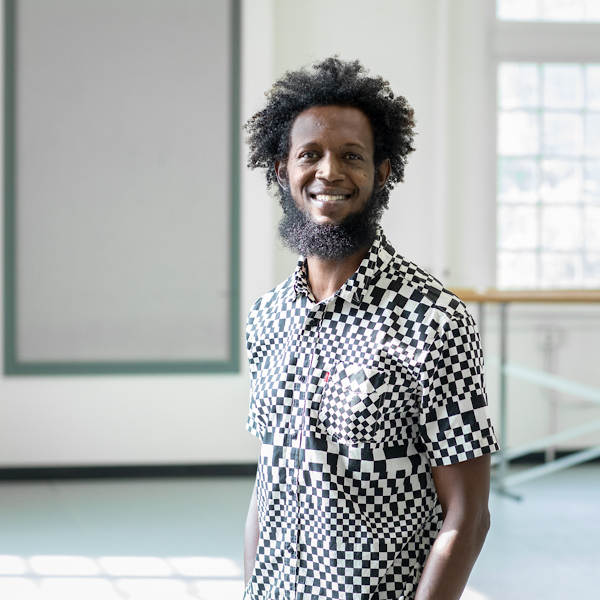
“I think that lasting impact (is) maybe not just following the crowd, because somebody said that this is a good thing to experience, but choosing that which you want to experience and making those conscious choices,” he said.
The same impulse to gather around art was felt in the visual arts space as well, said Appleton muralist Neo Medina.
“Coming out of COVID, everybody wanted to figure out ways to engage and reconnect,” he said, noting especially that he felt this in creating collaborative public art projects like the Paint the City mural he just completed with the help of 17 Appleton high school students. “And that’s what I push for, creating these cultural spaces where people connect, and then creating projects that people can work hand in hand together. The separation made me want to push harder into getting more spaces. I think folks were receptive to that. They wanted to have a reason to come out and something nice to look at.”
The pandemic fundamentally changed a great deal about our lives and our communities, including how we create and consume arts and artistic experiences. As part of our ongoing Lasting Impacts series, we spoke with several artists and arts leaders to capture exactly how.
Going virtual
Perhaps the most obvious and noticeable change is in how performing arts organizations work: rehearsing in masks, requiring audiences to be vaccinated, and so on.
“I don’t know that we will be able to have rehearsals and auditions in the same way that we used to, back in the day,” said Dane Pellebon, a director and actor in many local grassroots community theater groups. “When I think about what it is that I want to do moving forward, I am trying to think about what is the safest way to do things. When do we need to have masks? Right now, I would like to err on the side of caution when we have performances.”
The professional touring companies have also altered their requirements for local crew and audiences to be tested and vaccinated, which can be an added expense for local venues like Overture Center for the Arts, said Ed Holmes, Overture’s vice president of equity and innovation.
This shift to a more intentionally safe environment has also increased accessibility, Pellebon said, by focusing on the needs of the most vulnerable people. New, more safety-conscious ways of working have created environments where folks who’ve always been vulnerable to contagious illnesses can feel welcome.
“‘ll use the Black Theatre Festival as an example,” Pellebon said, referring to the inaugural “Loud & Unchained Black Theater Festival,” which produced works by Black authors through a series of video performances in April 2021. “We had several Black disabled folks that would have felt very uncomfortable presenting that work in person, but we were able to be in a studio where everyone was masked and they were only unmasked for the filming portion. And we were, unless you were the camera person, we were out of the room when it was going on. We really worked hard to be mindful of those things.”
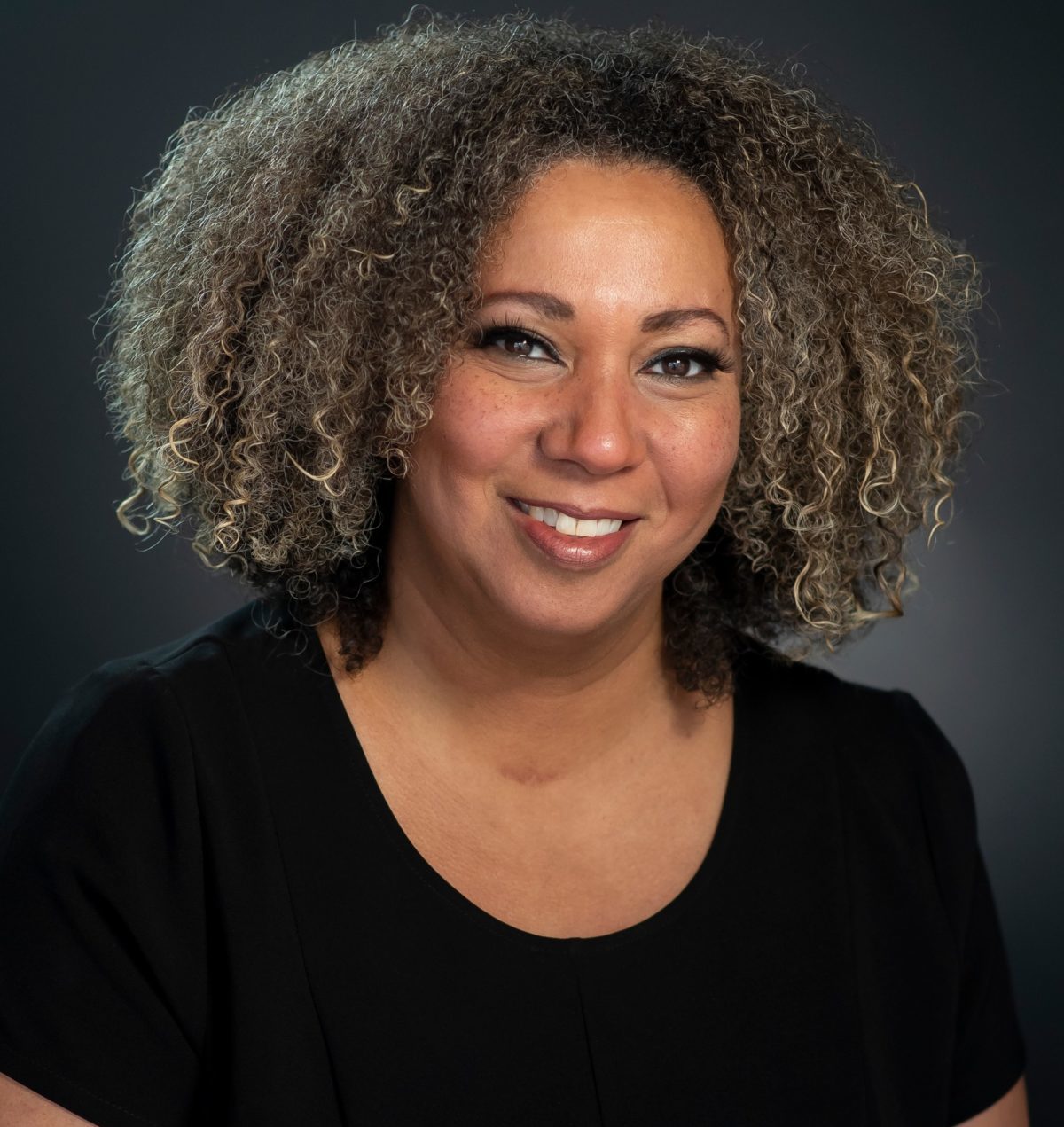
She said it’s a shift in mindset that’s likely to stick around.
“I’m just really trying to be mindful of what the portions of the artistic community that aren’t listened to very often are saying,” Pellebon said. “I’ve done a really good job with that, I think, with the Black community, and I’m still learning with the disabled community and being able to expand our spaces in that way.”
Changes in the way artists use technology also increased accessibility, Walker said.
“Many people who didn’t have access before, can now access different arts and creative experiences or tools that unlock their own creativity through online engagement,” he said. Being forced to shift to virtual performance, for example, also created opportunities for performance companies to utilize work that was already being done.
“We were able to make the pivot to virtual because there were people already doing that work,” Walker said. “A lot of that work was, unfortunately, underground at the start of the pandemic, and was just elevated above ground, because now that medium became the norm. But there were tons of people doing that work. And then the rest of the world got the benefit from that and started to use those platforms in those ways. That theater in the virtual space was happening to a smaller degree and became as a necessity during the pandemic.”
Pellebon said many individual artists also adapted in the pandemic, turning to platforms like Tik Tok to express themselves – and many folks who didn’t consider themselves artists before used those virtual platforms to give performance a try.
“I actually really got into Tik Tok over the pandemic, because it was at home, but (also) because people were so creative on their own. And they were doing scenes from shows and were writing content, and were acting through things,” Pellebon said. “That has been interesting, to see how different mediums are now allowing for different artistic expressions.”
Medina said the “intrinsic, independent” nature of visual art lent itself to actually creating more in the pandemic.
“COVID really allowed us to just fall back into our craft,” he said. “Our (jobs) shut down and it just gave us a reason to be making more. The last three years, my work has boomed in a crazy way, because I just have spent so much time creating.”
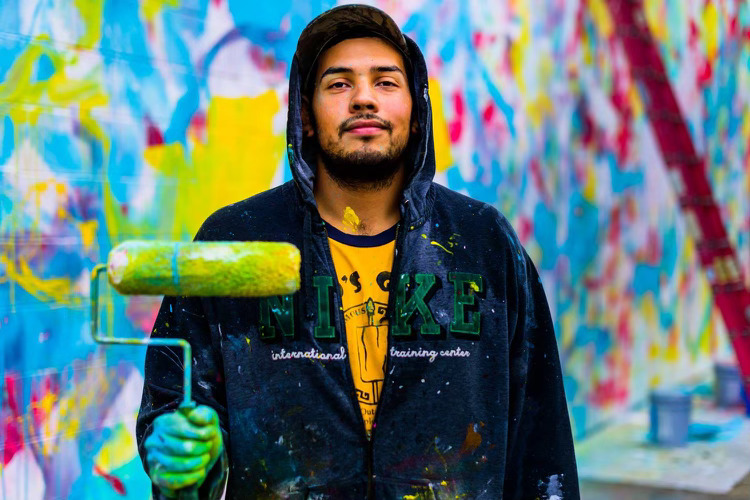
Streamlined funding
But even while free time and technology created spaces for some new artists to emerge, other artists were lost.
“The problem is that most of these artists’ second and third jobs are in the service industry, and that was decimated,” said Dane Arts Executive Director Mark Fraire. “A lot of artists I know had to put down their art through the next couple of years and find a job that’s full time. That’s something that they don’t want to do. It’s been really, really tough.”
He said he fears many of those artists are done for good.
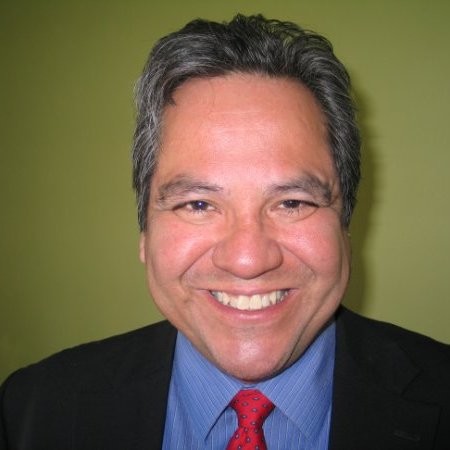
“It’s kind of like exercise. Once you stop, it’s really hard to start up again,” he said. “It may happen because it’s in their soul and spirit. But it’s not without a lot of challenges.”
Pellebon echoed that sentiment.
“There are people who have not reengaged with the theater community,” she said, for a variety of reasons: some directly related to COVID safety, some due to other factors like jobs or simply shifting priorities.
Dane County did attempt to support those artists by distributing $1.2 million to local artists, just to help them through the loss of performance opportunities. Each of 400 artists got a $2,500 grant; 750 artists applied, Fraire said.
“There’s a great need out there,” he said.
He said one important change was a reduction in the red tape necessary to deploy grant funds – a fundamental change that was felt throughout the nonprofit sector.
“A grant from county government usually has so many restrictions. This one, the county just let me go,” Fraire said. “Just put it out, one page application, very simple … The money was supposed to be for anything, no restriction. Pay a bill, take your family out to dinner. What did most artists do? They bought a guitar. They bought an amp. They did other work for a project.”
Pellebon cautions that even with an expedited process, local grassroots community artists and organizations might have trouble accessing funding.
“I appreciate the work that Mark has done to make things more accessible. And I think for artists, those of us who are artists who have been in the scene for a little while and know the things, that is incredibly helpful,” Pellebon said. “I think that there’s still in Madison, in particular, a group of artists that are not a part of the mainstream on any level, and don’t know how to engage or feel uncomfortable engaging with systems that have never engaged with them … if I don’t know the language and I don’t know the system and I don’t know how it goes, I’m still not going to engage with it, even if it’s (a simplified process).”
Renewed focus on diversity & equity
Many people across sectors stipulate that the Black Lives Matter resurgence of 2020 and resulting focus on equity and inclusion are linked to the pandemic, which shut much of the world down just months before George Floyd was murdered by Minneapolis police.
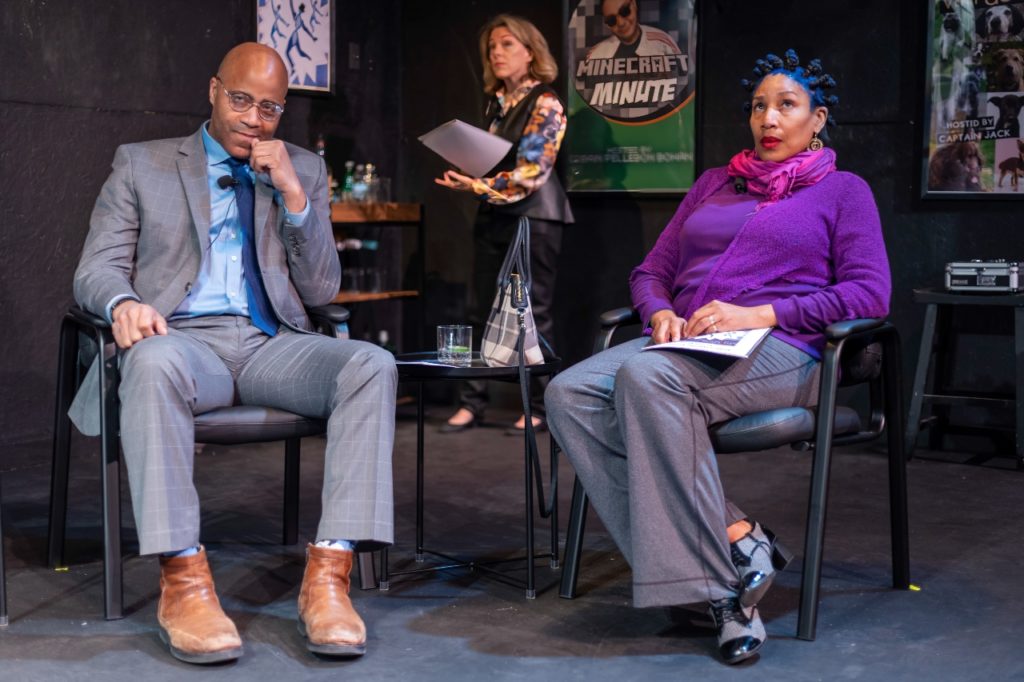
“George Floyd’s death, his murder, I think caught everyone’s attention,” said Malkia Stampley, producer at Goodman Theatre in Chicago. “Honestly, at the root of every conversation I had in 2020, and even going into 2021, started with people recognizing that something was wrong at the root because of George.”
She said a renewed focus on diversity and inclusion led her, as an experienced Black director and actor, to find more opportunities.
“It changed my life drastically in ways that I just, I really didn’t know it would. To go from being a freelance artist and kind of piecing jobs here and there, to all of it going away … to those opportunities started opening up. And, and that is what changed my life,” she said. “I don’t know if I would have had this job three, four years ago, not because I was unqualified or not even because they weren’t looking for it. That need was there for that position. But I don’t know if I would have felt like there was room for me.”
She said most people in the arts world now have a basic understanding of equity that wasn’t there pre-pandemic.
“I don’t have to teach what diversity and inclusion and accessibility are. I don’t have to teach that anymore,” said Stampley, who’s originally from Milwaukee and has directed work there and at American Players Theater in Spring Green. “Goodman has always been diverse in programming. But now we’re going a little bit deeper with designers, our ancillary staff, we call them so our vocal coaches, our fight directors, our assistant directors, our script assistants, our interns. It’s more of that support staff that we are getting a lot more diverse and intentional, intentional diversity … With this opportunity for exposure or interest in BIPOC stories or programming, there are funds, there are opportunities for funding and collaboration. That’s exciting.”
She said the pandemic also gave many performance organizations the opportunity to pause and reflect on their own missions and futures.
“I entered the Goodman at a point where I think most of the staff was asking, ‘Why am I here? What am I doing and what are we? What do we want to be? Who does the community think we are?’” she said. “It’s an exciting time to be a part of an organization where those kinds of conversations are happening on the institutional level, but also individually.”
Medina said arts audiences are also seeking more meaning after the collective trauma of the pandemic.
“I think people are pushing for more … ‘deeper’ sounds a little cliche, but I think there is just so much time to really, strip away a lot of the day to day. There’s so much time to just think about life. People are seeking that,” he said. “I think (creating art) was a way to push further and create dialogue and conversations. And then because people are also seeking for meaning, then I think that also increased their engagement, and willingness to talk about (stuff).”
“Don’t backslide”
“I’m nervous,” Stampley said of the future. While she’s happy many people of color have gotten new opportunities, she’s also aware that you can’t just swap out a white person for a person of color in a white-designed institutional system.
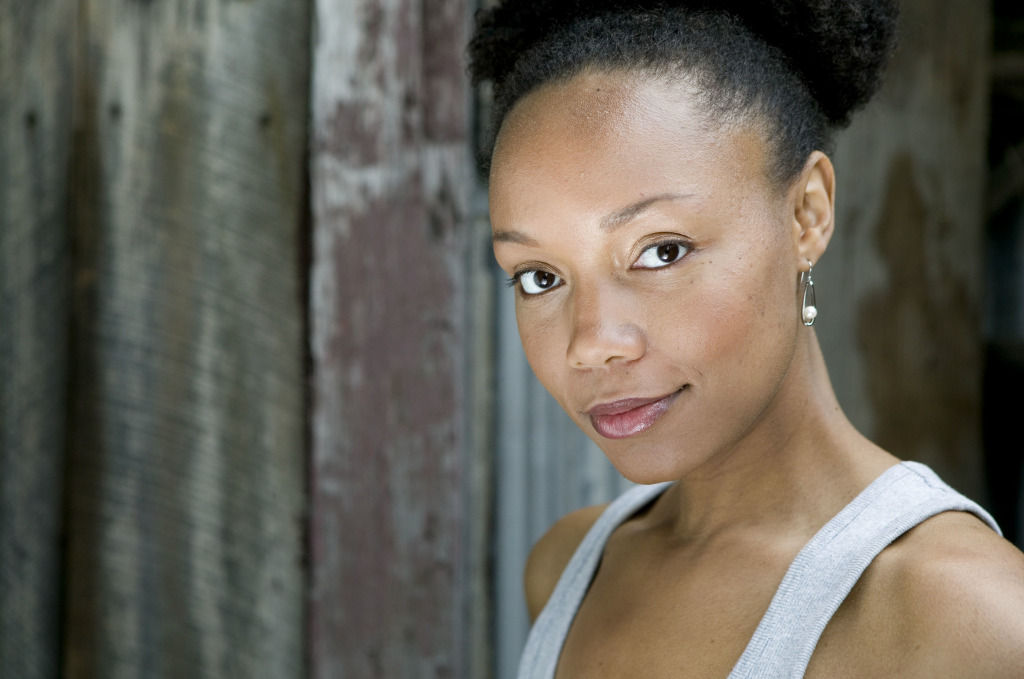
“There’s so much momentum,” she said. “I’ve seen in the last couple of years a lot of new hires putting BIPOC arts administrators in leadership positions. I think we’ve all seen it. And not just in the arts, but a lot of community facing organizations, and some are making it and thriving, and some are not. You have boards, and staff structures that are not really setting these folks up for success.”
She said it’ll take a conscious effort for the arts community to recognize the positive changes and keep them going.
“My wish is that we don’t backslide, or go backwards,” she said. “Even for me, it’s easy, and it’s comfortable, to go back to how we were doing things three, four years ago. But we have to continue the fight, to struggle. We have to continue to make sure that we never get back to before. And there are some who, I think, can’t wait to get back to before. It is this, ‘Okay, okay. Yeah, that was fun. And now let’s get back to the classics.’”
Medina said artists can keep up the momentum, if they’re intentional about it.
“I mean, as long as I’m here, and I’m painting, I’m gonna keep trying to push,” he said. “I feel like it’s moving (with) good momentum. I think it opens up all these layers of conversation around inclusion and equity and opportunity, around skin color, around community engagement around creative economy. And all through one art project with 17 kids. If we can keep having things like that occur, and we can keep edging forth that conversation.”
Fraire said the pandemic has shone a light on organizations like Dane Arts and the need for intentional support for artists. He said unfortunately he doesn’t anticipate another big infusion of funding, even though it’s needed.
“Dane County is full of very, very talented artists,” he said. “We should be finding better ways to support them for the work that they do for all of us.”
This story was produced with a grant from the Wisconsin Department of Health Services. It has been updated to add the comments of Neo Medina. The best way to protect yourself and your community from COVID-19 is to get vaccinated and stay current on boosters. Click here for more infomation.



